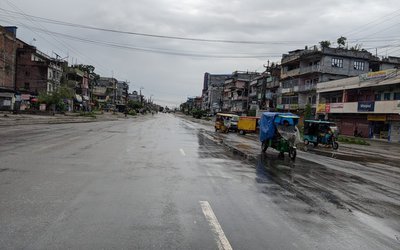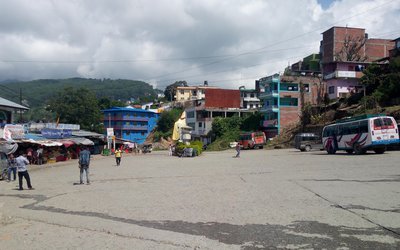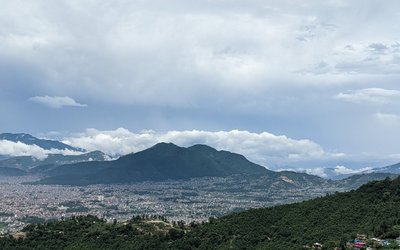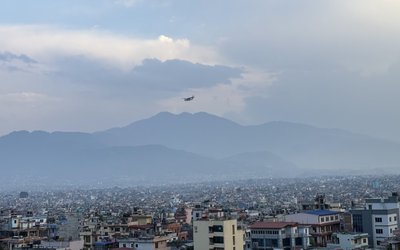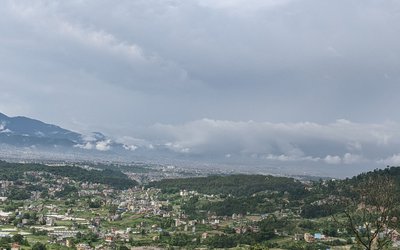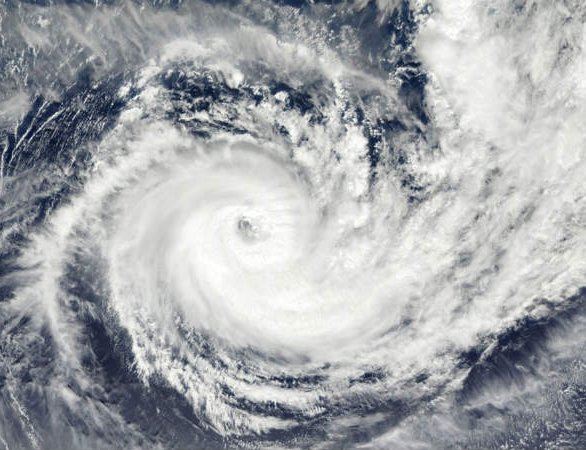
Less than two weeks after a powerful cyclone passed through West Bengal on its way to Bangladesh, India is bracing to face another cyclone, this time on its western coast. In strength and intensity, this would be much weaker than Cyclone Amphan that struck on May 20. In fact, it is not even a full-fledged cyclone right now, just a ‘depression’ that is likely to intensify into a ‘deep depression’ by Tuesday morning, and eventually into a cyclone, after which it would be called Nisarga.
With Cyclone ‘Nisarga’ expected to make landfall close to Alibag, just over 100 km south of Mumbai in Maharashtra’s Raigad district, on Wednesday afternoon, Prime Minister Narendra Modi on Tuesday took stock of the situation and spoke with chief ministers of Maharashtra and Gujarat, assuring them of all help from the Centre.
Mumbai, Thane, Palghar, Raigad, Dhule, Nandurbar and Nashik districts of Maharashtra are on red alert, with the Met department forecasting the “possibility of extremely heavy rain at isolated places”.
Thousands were evacuated in Maharashtra and Gujarat, two states that are hit the worst by the coronavirus pandemic.
The Gujarat government evacuated close to 35,000 people from coastal districts of Bharuch, Surat, Navsari and Valsad.
State relief commissioner Harshad Patel said.34,885 are “required to be evacuated. Of these, 16,597 have been shifted to 265 shelter homes by Tuesday late evening”. The whole exercise would be completed by late Tuesday night, he added.
According to the Indian Meteorological Department’s (IMD) 8:20 pm bulletin, the cyclone lay about 300 km southsouthwest of Alibagh (Maharashtra), 350 km south-southwest of Mumbai, and 560 km south-southwest of Surat (Gujarat).
The IMD has issued a storm surge warning in the sea off Mumbai, with consequential flooding on land. “Storm surge of 1-2 meters above astronomical tide is very likely to inundate low-lying areas of Mumbai during the time of landfall,” it stated.
The weather department has issued warnings that the wind may cause damage to kuccha houses, roads, power supply and communication lines, and trees.
In Maharashtra, more than 21,000 people were evacuated in Palghar district, PTI reported, quoting district collector Kailas Shinde.
In Mumbai, municipal commissioner I S Chahal said people living in low-lying areas, including along Mithi river, which runs through the metropolis, and those near landslide-prone areas are being shifted to shelter homes. All 24 assistant municipal commissioners have been asked to make arrangements of shelters in their wards for people living in low-lying areas, he said.
The strength of the cyclones are measured by the wind speeds they generate. At its strongest, Nisarga would be associated with wind speeds in the range 95-105 km per hour. Amphan, on the other hand, was classified as a super-cyclone, of category 5, though it had weakened to category 4, ‘Extremely Severe Cyclonic Storm’, ahead of its landfall, at which time the wind speeds were in excess of 180 kph.
Cyclones formed in the Bay of Bengal side of the north Indian Ocean are more frequent and stonger than those on the Arabian Sea side. Meteorologists suggest the relatively cold waters of the Arabian Sea discourage the kind of very strong cyclones that are formed on the Bay of Bengal side; Odisha and Andhra Pradesh face the brunt of these cyclones every year.
Last year, however, was slightly unusual as the Arabian Sea saw the most frequent and intense cyclonic activity in more than 100 years, according to India Meteorological Department. Five cyclones originated in the area in 2019 — Vayu, Hikka, Kyarr, Maha and Pavan – when normally only one or two are formed.
Source: The Indian Express
- Nepal-UK Tech Forum Held
- Jul 06, 2025
- Hari Sayani or Devshayani Ekadashi 2025: Day Of Tulsi Plantation
- Jul 06, 2025
- Siddhababa Tunnel Makes A Major Milestone
- Jul 06, 2025
- Weather Forecast: Generally Cloudy Across The Country With Heavy Rain At One Or Two Places Gandaki, Bagmati and Koshi Provinces
- Jul 06, 2025
- India’s External Affairs Ministry’s Senior Officials Says Indo-Nepal relations are ever expanding
- Jul 05, 2025
